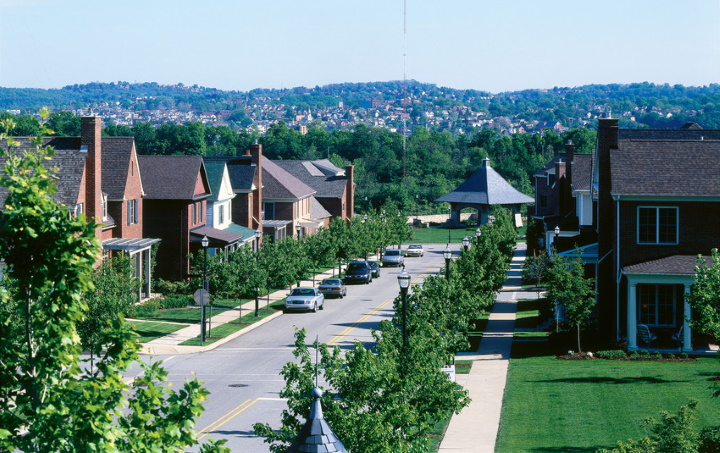
In this article we will review the pros and cons of permeable and impermeable surfaces and what you should be considering when choosing between the two.
What are permeable surfaces?
Permeable surfaces help the environment in a number of ways. They collect water and filter pollutants out, before gradually reintroducing the water to the groundwater below.
Permeable surfaces have grown in popularity in all kinds of applications including:
- Driveways
- Footpaths and Council public areas
- Roads and parking areas
Permeable surfaces have a number of benefits outside of environmental concerns. These include cost-saving benefits by not having to invest in expensive stormwater irrigation. Saving in water where you use stormwater to directly water local trees.
What are impermeable surfaces?
Impermeable, impervious, or non-porous surfaces do not allow water to percolate through their material. This water will run off the surface, and will usually end up in stormwater systems.
Most urban settings feature huge expanses of impermeable surfaces, including:
- Roads, pavement, and bitumen
- Concrete driveways
- Traditional brick or concrete pavers
Impermeable surfaces can cause problems for communities. For example, Australia is a hot, dry country. This makes water sources very difficult to manage. Some of the issues caused by impermeable surfaces include:
- Increased water pollution by sending toxic unfiltered water into stormwater drains which end up in creeks and rivers
- Flooding
- Lack of water in the water table below
- Contribution to urban heat island effect
Impermeable surfaces have their problems but fortunately new solutions are evolving as society becomes more environmentally conscious.
| < Prev | Next > |
|---|




